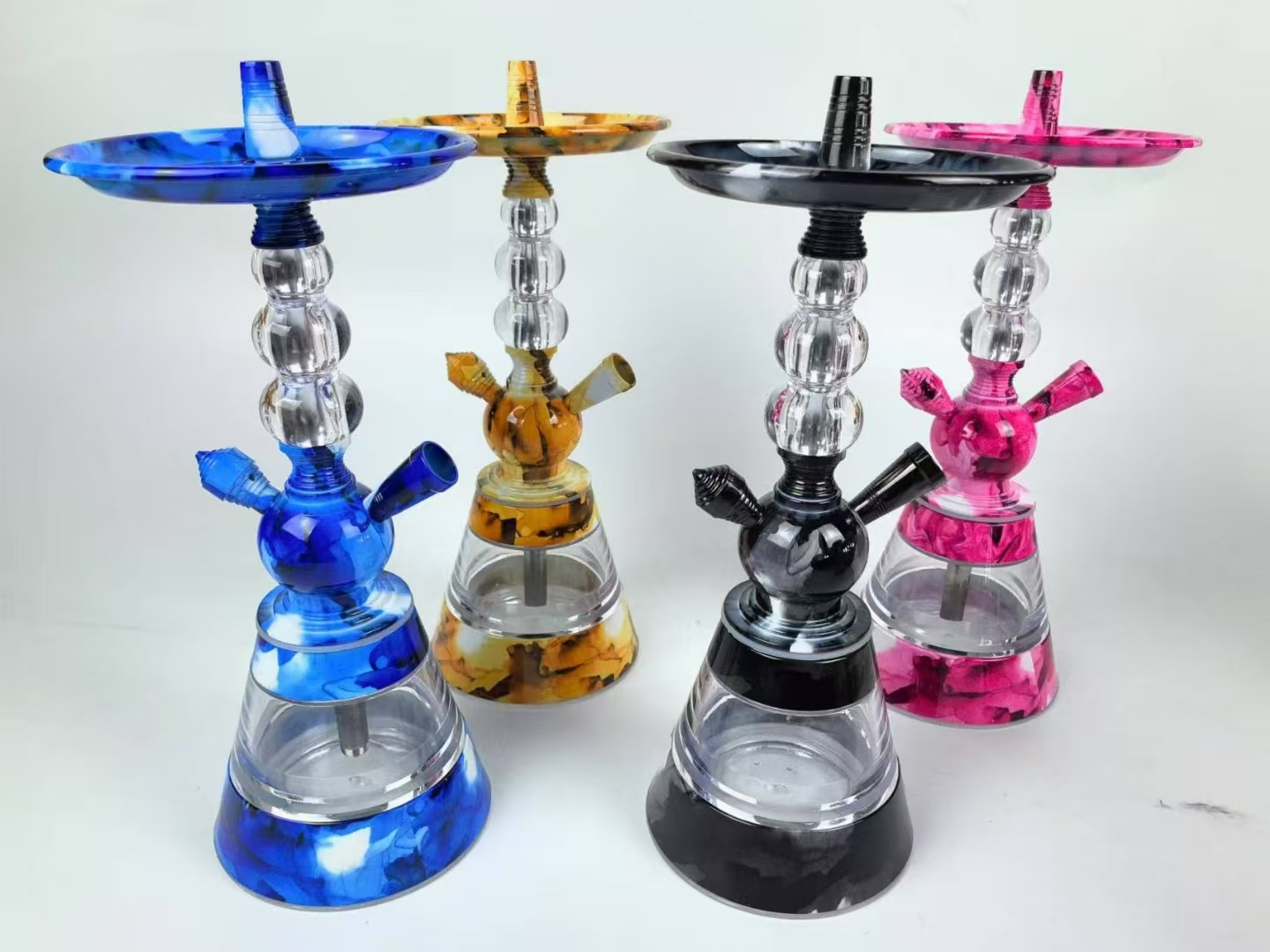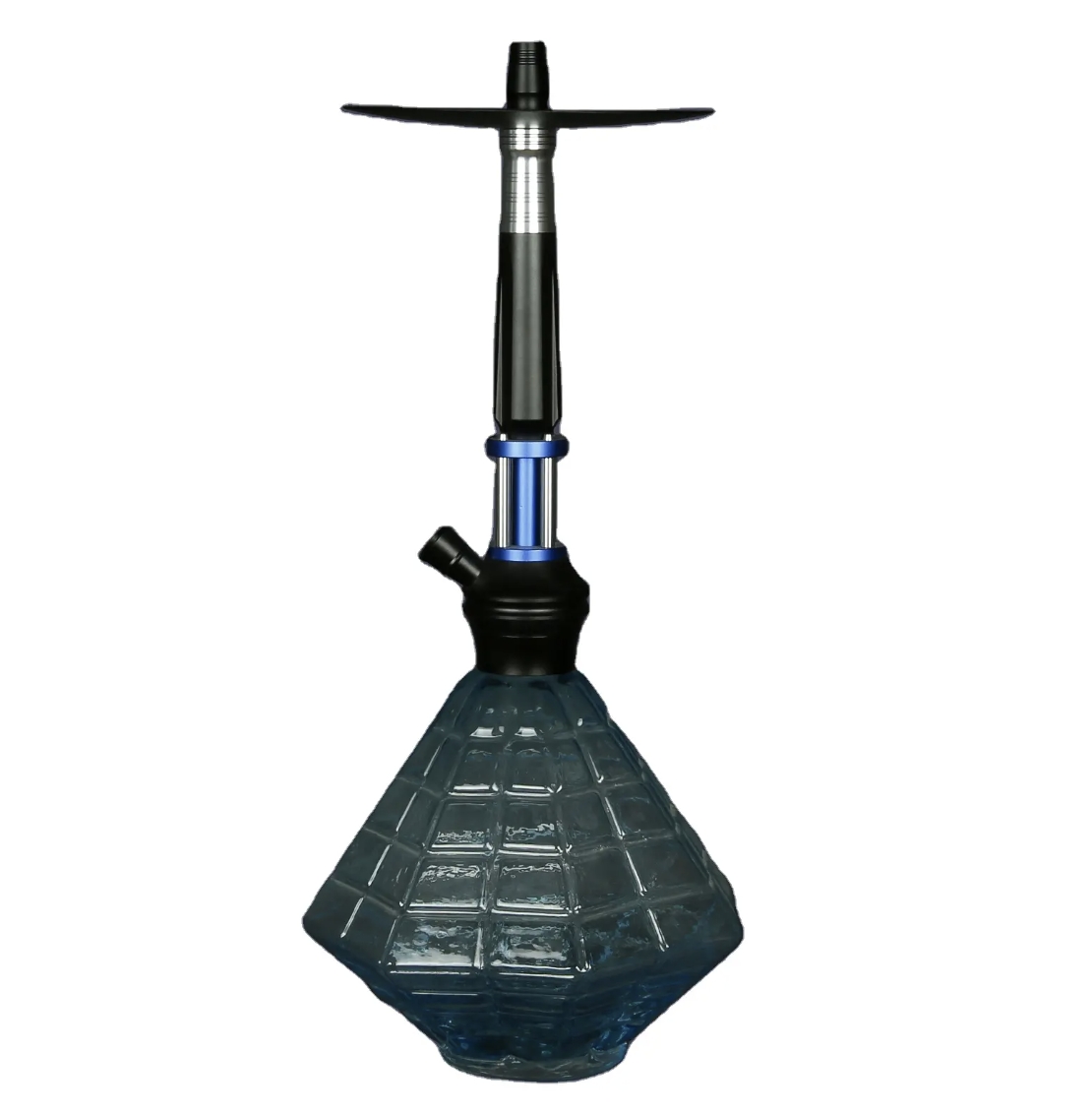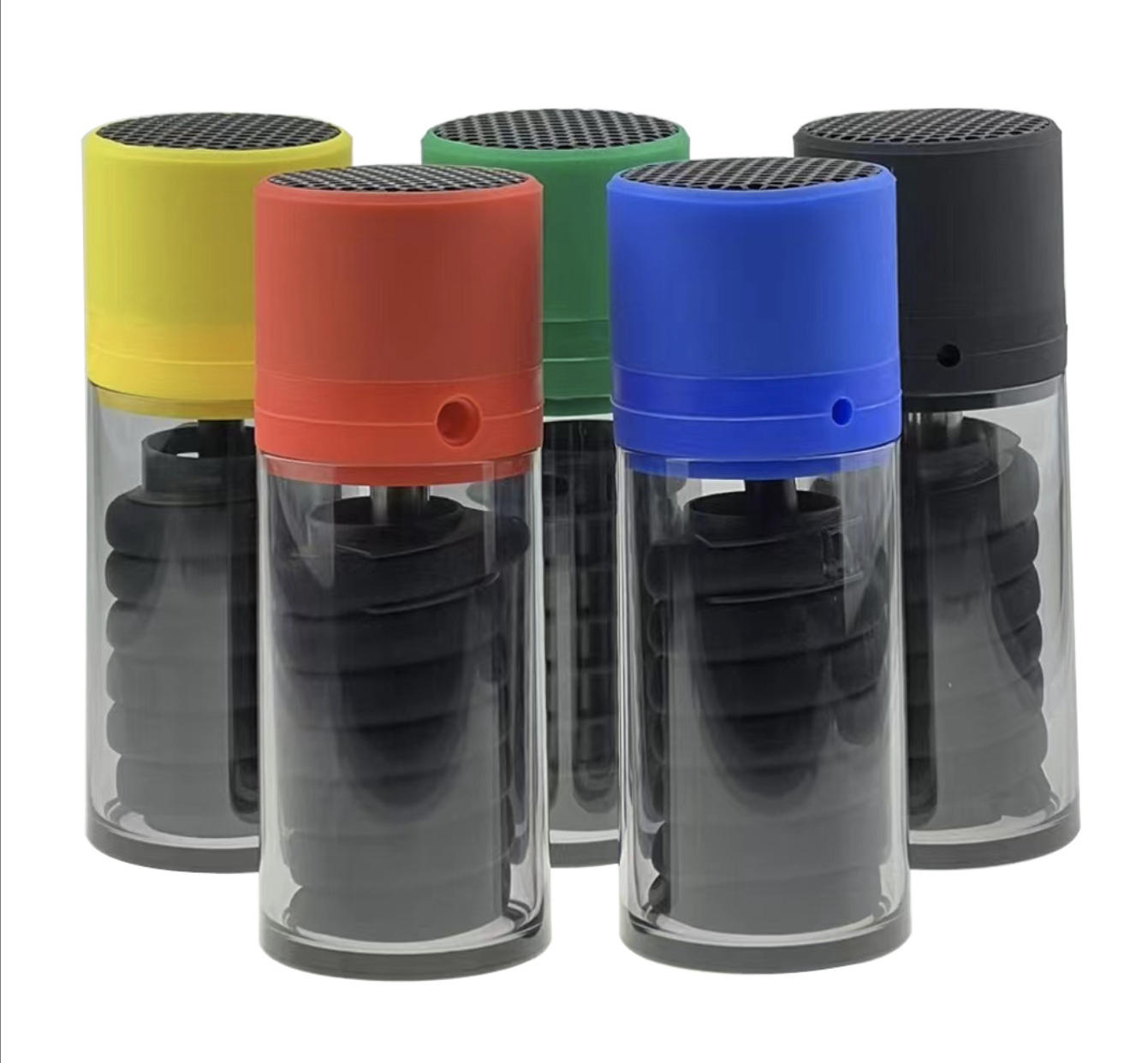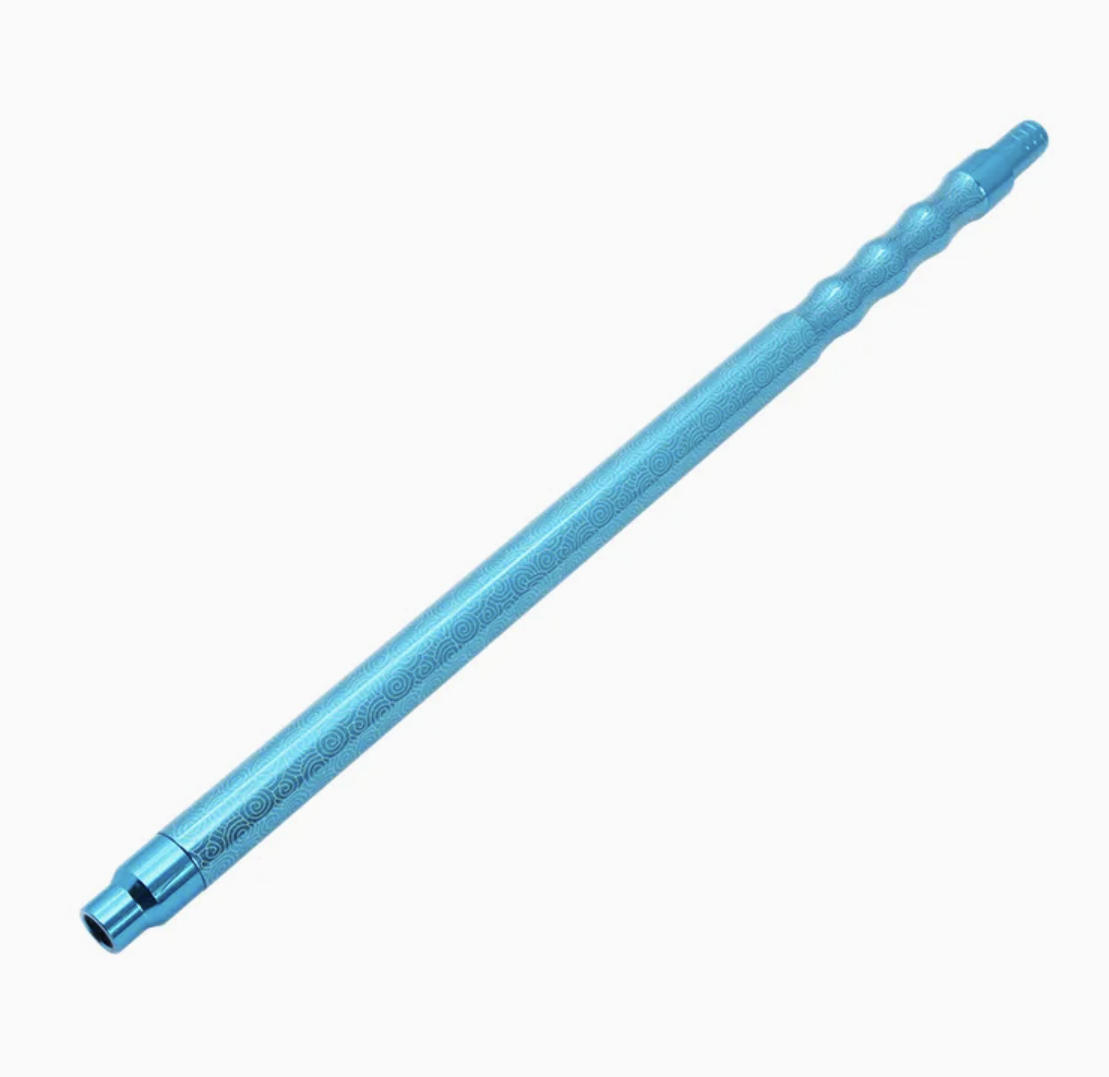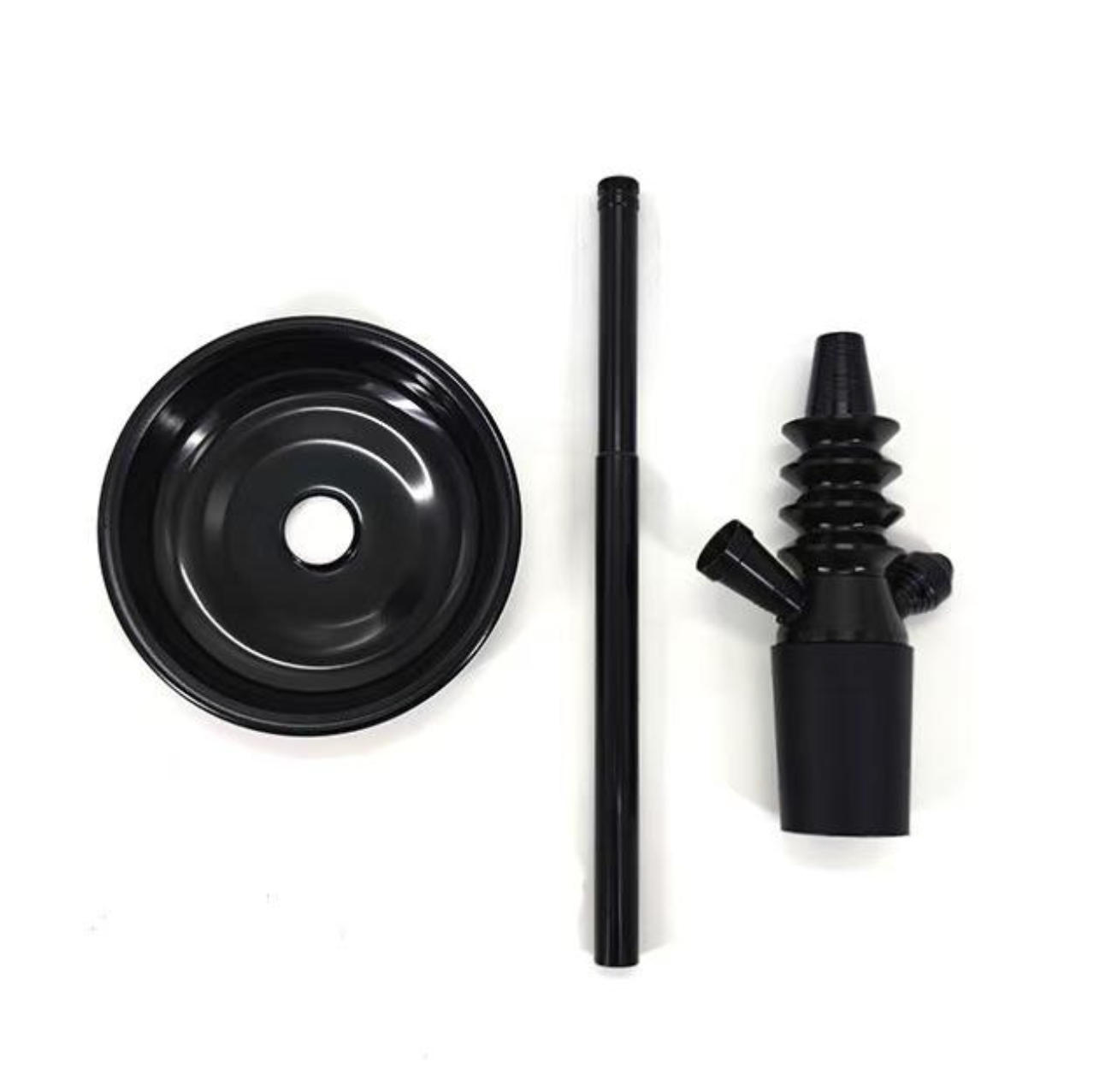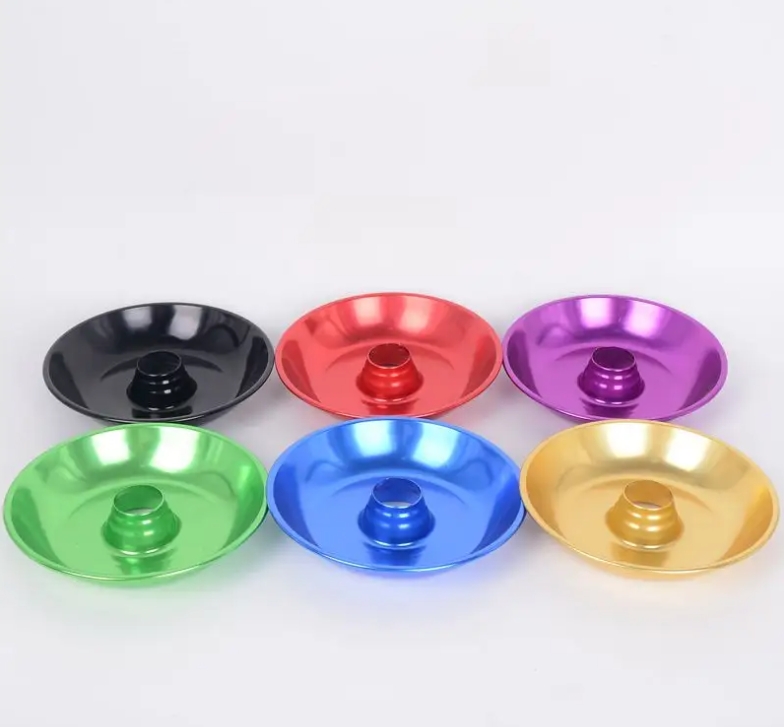Exploring the Vibrant World of Hookah Bowls: A Journey Through Materials, Designs, and Cultural Significance
(April 1, 2025, Shanghai) As a centuries-old symbol of Middle Eastern social culture, hookah offers a unique smoking experience inseparable from its exquisitely designed apparatus. Central to this experience is the hookah bowl, whose diversity not only impacts tobacco heating efficiency and flavor delivery but also carries profound cultural meanings. This article delves into the world of hookah bowls, dissecting the stories behind their materials, designs, and functionalities.
I. Material Innovation: A Fusion of Tradition and Modernity
The choice of material directly influences the smoking experience. Traditional ceramic/clay bowls are prized for their porous texture, with unglazed versions absorbing tobacco juices to enhance flavor complexity, while glazed ones reflect heat to boost combustion efficiency. Meticulously hand-shaped by Middle Eastern artisans, these bowls often feature intricate artistic textures using red or white clay.
Silicone bowls, a modern innovation, have become a favorite among beginners due to their exceptional heat resistance. The material's minimal heat conductivity prevents localized overheating of tobacco, though long-term use requires attention to aging issues. Metal bowls (e.g., stainless steel or aluminum) excel in durability, with mirror-polished finishes enhancing both aesthetics and cleanability, making them ideal for high-frequency use in commercial settings.
II. Design Evolution: From Classic to Creative
Hookah bowl designs directly affect airflow paths and flavor intensity.
- Classic multi-hole bowls: Featuring dense holes at the base, these allow full air-tobacco contact, catering to seasoned users seeking rich flavors. Traditional Turkish styles often employ thick walls for even heat distribution.
- Phunnel bowls (elevated central hole design): The raised structure prevents tobacco from falling into the hookah base, making them perfect for liquid or moist tobacco.
- Alien bowls: Shallow bowls with conical work areas are designed to quickly unleash the natural flavors of dark tobacco.
- Harmony bowls: Flat-based designs adapt to all tobacco forms, earning the nickname "universal bowl" for their versatility with blended tobaccos.
III. Size Philosophy: Scenario-Based Functionality
Bowl size directly impacts usability:
- Large bowls (>50g capacity): Common in Middle Eastern social venues, these are ideal for group sessions with ample smoke output, requiring strong charcoal blocks.
- Medium bowls (20-40g): Preferred for home use, balancing portability and smoke volume, they pair well with double-layer aluminum foil.
- Mini bowls (<15g): Designed for newcomers, they enable hookah experiences with small tobacco quantities, though frequent charcoal changes are needed.
IV. Cultural Symbols: Artistic Value Beyond Function
Hookah bowls transcend mere utility; they serve as micro-showcases of Middle Eastern culture. Egyptian artisans frequently carve traditional patterns onto bowl surfaces, while Syrian artists favor copper inlays on rims. Contemporary designer brands like Russia's GLINA Studio infuse deconstructivist aesthetics into bowl shapes, introducing asymmetrical "accordion bowls" that marry practicality with collectible appeal.
V. Market Insights: Global Hookah Consumption Trends
According to QYResearch's latest report, the global hookah market is expanding at a 9.2% CAGR, projected to exceed $12.2 billion by 2031. China's market growth is particularly notable, with young consumers favoring health-oriented hookah bowls (e.g., metal bowls with heat management systems). Group consumption scenarios account for over 90% of demand.
Conclusion
From clay to metal, multi-hole to Phunnel, the evolution of hookah bowls mirrors both material science progress and human social needs. Whether in traditional hookah lounges or modern homes, these bowls facilitate cross-temporal cultural dialogues.
